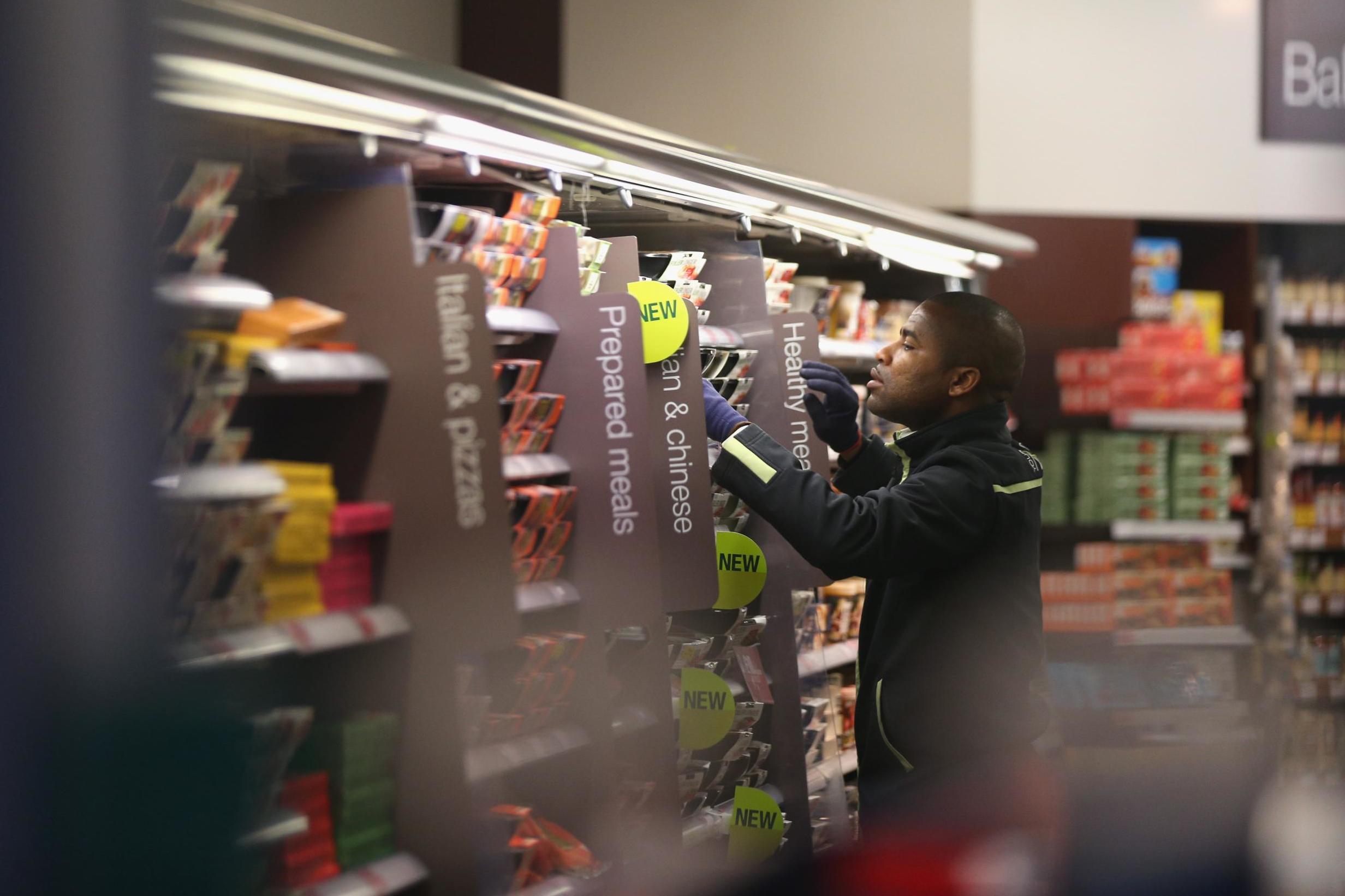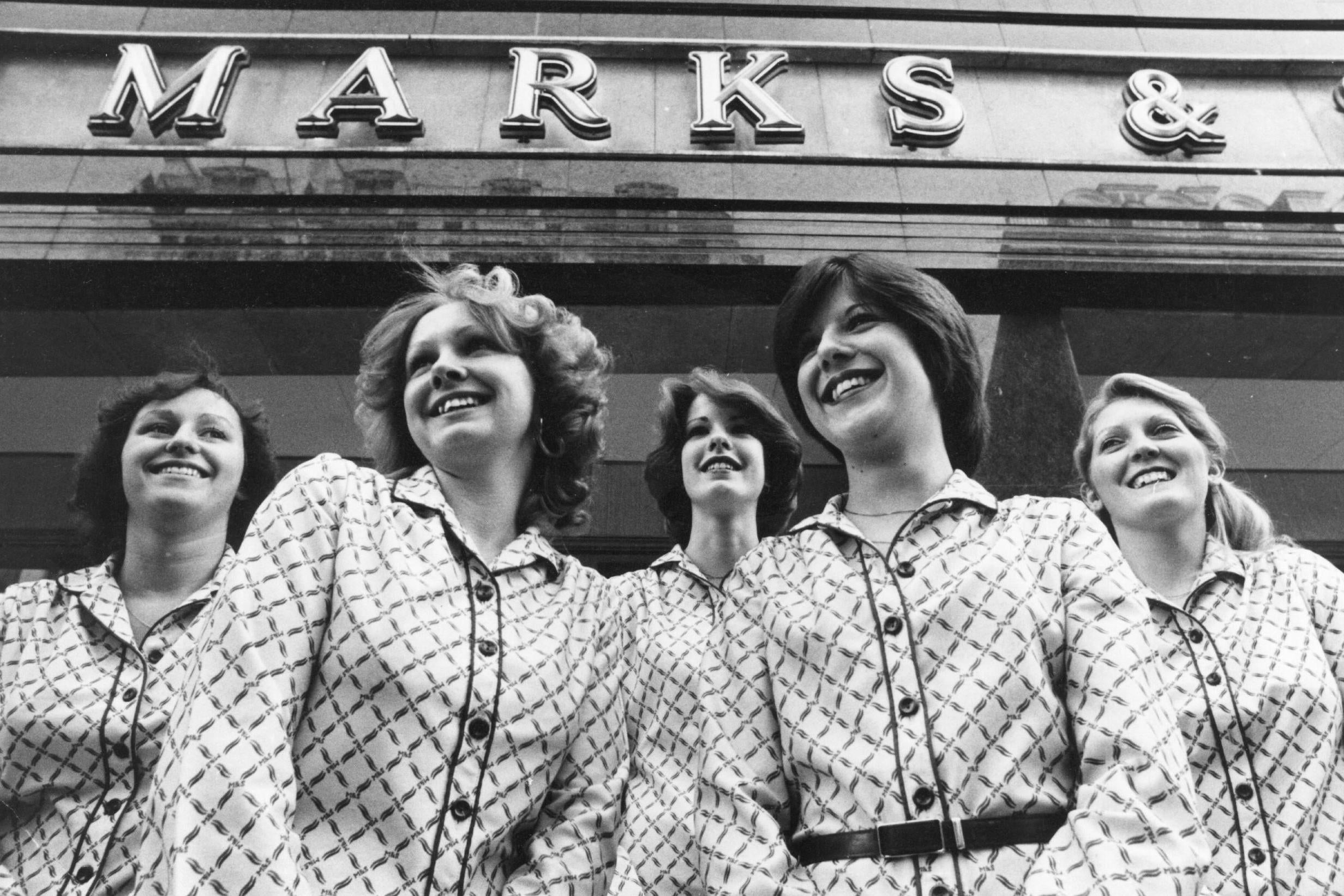The fall of M&S might come as a shock but the chain’s downward spiral is nothing new
M&S’s biggest problem seems to be it still doesn’t know what it is, says Chris Blackhurst. A (non-fashionable) fashion retailer with food, or a non-essential food seller with fashion?


Nothing lasts forever. Of course, I know that. But for someone who grew up in a family that, like many, worshipped at the altar of St Michael, the fall of Marks and Spencer and its brand still comes as a shock.
Our clothes were M&S, our food was M&S, my father even bought my mother shares in the chain – so much did we pour into its tills. For many years, until the arrival of an Asda, it was the only shop of any serious presence in the town. There was a Boots and a Tesco, but they were nothing compared to the Marks, sitting as it did in the plum position in the main shopping street. Now that branch has just closed, and coincidentally or not, M&S has dropped out of the FTSE100.
There’s a huge Tesco, an Aldi, a Lidl, a Morrisons, and still, the Asda. But the once grand M&S lies empty. Meanwhile, the company that was the first retailer to break through the £1bn profits barrier, no longer ranks among the country’s biggest 100 stock market-listed concerns. It’s a sad, sorry state of affairs. And once unthinkable.
There were early clues as to what was coming. The M&S was on two floors but even I, as a schoolboy, noticed that hardly anyone went upstairs. They just didn’t. Every so often the manager would try selling something different up there and it didn’t matter. The escalator would continue to whirr upwards, devoid of passengers.
M&S would have one colour of sock in all sizes but not the hue you wanted. Likewise, with shirts, plenty of a certain variety, but lacking in others. Clearly, the group had an issue with its supply lines.
As Tesco moved to the other side of town, to giant premises with lots of free parking, the contrast between the venerable M&S, stuck in the town centre amid tight streets with double yellow lines, and the once budget purveyor now transformed, thanks to a dynamic management superbly led, first by Ian MacLaurin then by Terry Leahy, could not be more marked. Tesco always had what you were looking for, its lorries were forever unloading their wares, the firm’s skill was in perfecting just-in-time delivery. M&S started to appear outdated, and where fashion was concerned, outmoded.
Along came Next, offering much as an alternative shopping experience, then a lot more with the launch of its mail order catalogue. This giant book soon became a staple in middle-class homes. We didn’t know so at the time but it allowed Next to perfect warehousing and logistical systems and was a precursor to the onset of online.

M&S was snooty about Next, as it was about any aspect involving so-called competitors. They could dream up as many gimmicks as they wished, but it, M&S, was the bellwether of the high street, the prime tenant in any decent new development, the great name that all others aspired to. It would not be side-tracked by the rest.
That feeling of detachment was confirmed by a visit to the old M&S headquarters in London’s Baker Street. Going there was like entering a section of the civil service, with long corridors, and closed doors with numbers on them. There was a sense of anonymity, of people doing their jobs, but minus any passion and creativity. There was no collective buzz, no evidence of urgent energy.
Its staff were famously treated better than anyone else’s, enjoying all manner of benefits and perks. But instead of encouraging them to be daring and think the impossible, it merely fuelled a corporate smugness.
That changed at head office, to an extent, when the company shifted its base a few miles west to an all-glass building in Paddington Basin. But while M&S was bedding down, other retailers were motoring – creating new ranges, finessing their internet services.
In clothing, H&M and Zara were producing brighter, modern items, (along with Topshop they were known for fast fashion, a phrase that was never applied to M&S) while Primark was undercutting on price. Even Asda chipped away with its George range, providing essentials for less.
In food, Waitrose and Tesco Premium matched M&S at the top end, with Aldi and Lidl showing what could be bought for a fraction, without a significant drop in quality, at the other.
M&S dallied with homeware, but against John Lewis, which long ago stole its hegemony as the company-to-look-towards for indications of economic buoyancy. While John Lewis became the anchor that shopping centre managers and online specialist suppliers craved, M&S failed to excite.
Successive managements tried to steer the ship. None succeeded in arresting the drift. Increasingly, M&S seemed not to know what it was: a (non-fashionable) fashion retailer with food; a non-essential food seller with fashion.
In its latest incarnation, the leadership team of chairman Archie Norman and chief executive Steve Rowe is probably the best M&S has had for a while. They know their stuff.
But Norman and Rowe have inherited a bloated vessel, one with too many stores in the wrong places, and not enough high-tech knowhow and resource to pack a punch on the internet. They should be striking out with newness and innovation but instead they’re forced to devote too much time and energy to cutting and fighting fires.
Ejection from the FTSE100 is further evidence of that contracting business. M&S’s downward spiral continues.
Join our commenting forum
Join thought-provoking conversations, follow other Independent readers and see their replies
Comments